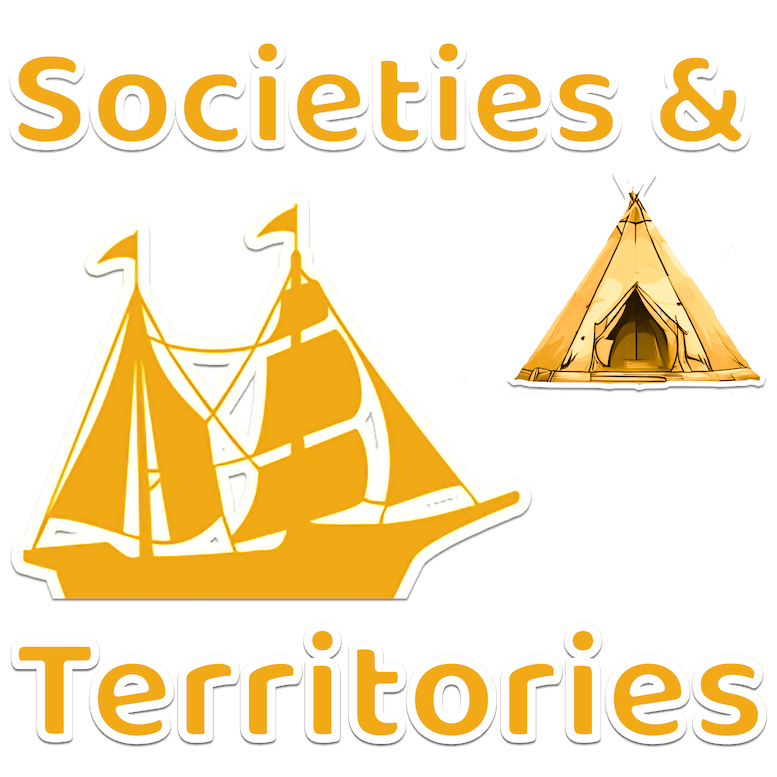Since transportation at the time was limited to walking, snowshoeing and canoeing, it’s hard to imagine that the Indigenous peoples of the different nations were able to travel long distances to tradeTrade is when we buy, sell, or just exchange goods (things, foods, etc.) or services (helping or doing work for someone). More goods. And yet they did travel far, even in the 1500s.
Materials and resourcesResources are anything taken from the earth or nature that people need, use, and are "valued". For example, a country that is rich in resources is one with good land, minerals that can be mined, seas or rivers that are plentiful and can be used for food and other uses. Les ressources sont tout ce qui provient de la terre ou de la nature dont les gens ont besoin, qu'ils utilisent et qui est "valorisé". Par exemple, un pays riche en ressources est un pays qui possède de bonnes terres, des minéraux qui peuvent être exploités, des mers ou des rivières qui sont abondantes et qui peuvent être utilisées pour l'alimentation et d'autres usages. More were different, according to the region inhabited by each different nation. By trading, each nation was able to obtain the goods and resourcesResources are anything taken from the earth or nature that people need, use, and are "valued". For example, a country that is rich in resources is one with good land, minerals that can be mined, seas or rivers that are plentiful and can be used for food and other uses. Les ressources sont tout ce qui provient de la terre ou de la nature dont les gens ont besoin, qu'ils utilisent et qui est "valorisé". Par exemple, un pays riche en ressources est un pays qui possède de bonnes terres, des minéraux qui peuvent être exploités, des mers ou des rivières qui sont abondantes et qui peuvent être utilisées pour l'alimentation et d'autres usages. More they could not find or make on their own territory. For example, the Huron could tradeTrade is when we buy, sell, or just exchange goods (things, foods, etc.) or services (helping or doing work for someone). More the corn they grew in large quantities for dried fish from the Algonquins. In this way, every nation benefitted.
Want another example? When Jacques Cartier took Donnacona to France in 1535, he noticed that the chief had a copper knife. But copper was not found in the Québec City region where the chief lived. In fact, there was only one place where copper was found: near Lake Superior. Look at the distance between Lake Superior and Québec City on a map; you’ll notice that they are very far apart. So how did the St. Lawrence Iroquoians obtain copper objects? Through a network of trades.
Trading usually took place in the summer, when it was easier to travel long distances. These were times of celebration for Indigenous peoples. Nations that belonged to a confederationThis is a group of people or nations or tribes or provinces that form an "alliance". The agreement they make allows each member to control itself, but they agree to work together for common causes. Also known as a confederacy or sometimes a league. More, like the Huron and the Five Nations, made trading easier.
Did you know?How do we know that nations traded products?
Archaeologists have found artefacts made of materials from very distant places. These artefacts date back to before the arrival of the Europeans. This means these materials and objects must have been transported over great distances.
Author: Service national du Récit de l’univers social
Important concepts and big ideas:
[glossary slug=’archaeology’]
[glossary slug=’barter’]
[glossary slug=’trade’]
[glossary slug=’tradenetwork’]
[glossary slug=’transportationroute’]







